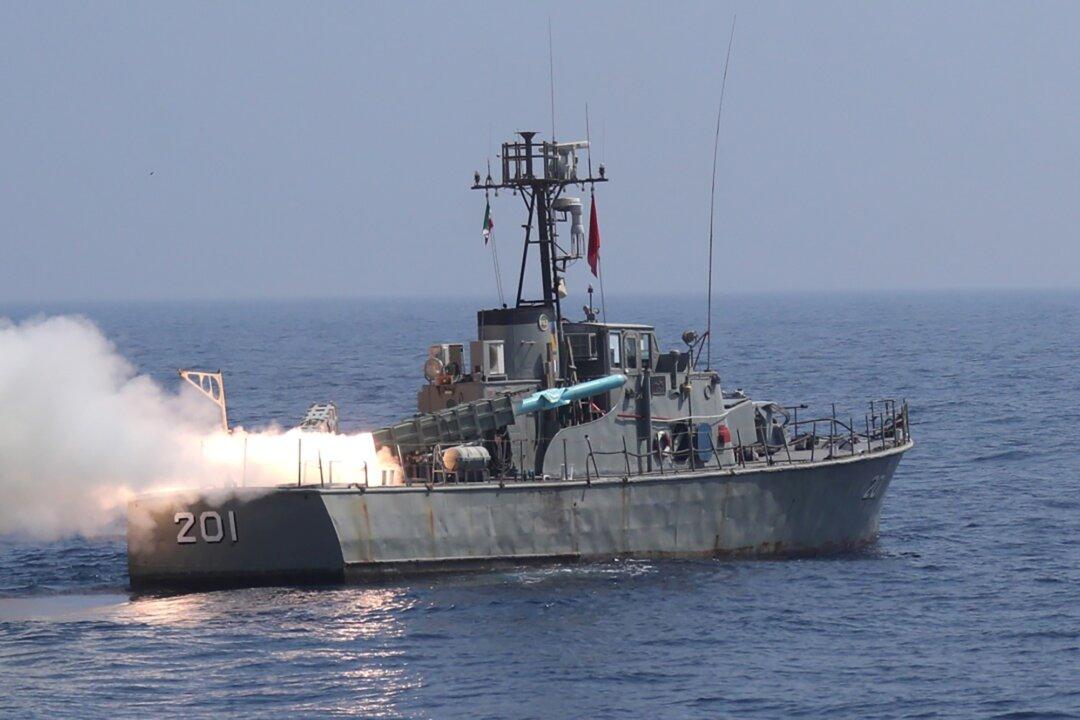The State Department is monitoring an alleged attempt by Iran to establish a military presence in the Western Hemisphere, an agency spokesperson has confirmed.
The monitoring comes shortly after Iran’s navy commander, Rear Admiral Shahram Irani, announced in January that Tehran plans to extend its area of operation to the Panama Canal that divides South and North America, citing a “geopolitical advantage,” according to a Tehran Times report.





